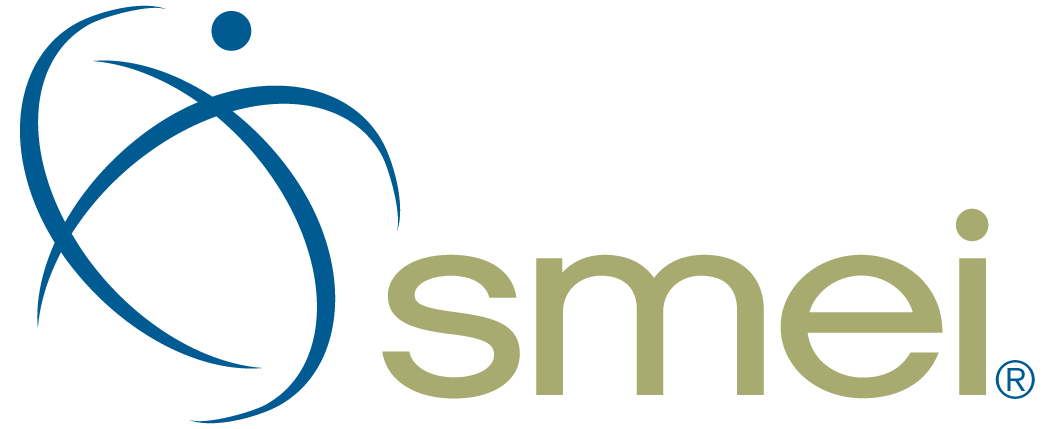How to Use Sales Techniques in Job Interviews
You can turbo charge your job interview by effectively using proven sales techniques. Many years ago, I attended a sales training programme that focused on some of the fundamentals of selling. The trainer talked through the typical sales cycle, which they referred to as ‘The Sales Wedge’. They went on to draw a right angle triangle and divided it into 5 sections. At the thin end of the wedge was ‘Rapport Building’ (the start of the sales process), then there was ‘Needs Analysis’ (the largest section), then we had ‘Presentation’ followed by ‘Objection Handling’ and finally, ‘Closing’.
It made perfect sense, and many years later we have adapted this framework and suggest using it as a powerful technique to turbo charge your interview technique and drive job offers.
As a backdrop to this, we should start with the premise that an interview is no different to a sales call. In fact, it is identical in every way, apart from the fact that YOU are the product / service, and your prospect is an employer. Think of the interview as a sales call where you are pitching for a sizeable contract.
Look at it this way, when everything is added up, a $100 candidate will cost an employer not far off half a million Dollars if they are to hang around for 3 years. That’s a big investment, and in return, they will want you to demonstrate that you can give them a solid ‘return on investment’.
So how does The Sales Wedge work in an interview scenario?
Building rapport
So, let’s start with Rapport Building.
Strangely, many job seekers attend interviews with a rather sombre and serious demeanour. It’s possibly the only situation where people adopt the same demeanour as they would for a funeral. This is not the way to impress a future employer! Treat it as a sales call, smile and be engaging, make small talk and show some interest in the person you are meeting. I would also recommend doing some research on LinkedIn and using some intel that you’ve discovered about the interviewer to strike up a conversation.
The goal is to make them like you and feel positive about the fact that at some stage soon, they may be spending 8 hours per day, 5 days per week and 48 weeks of the year in close proximity to you.
Finding the need
A sales person would then move to the Needs Analysis phase (asking questions) to find out their prospect’s need. There’s a saying that “selling is not telling” which rings very true; you can’t sell a solution or a product to someone unless you know what their exact needs are.
So, let’s work on the principle that the basics of selling are to discover the prospect’s need and present a solution that satisfies this need. Let’s also work on the assumption that most interviews bypass this basic principle and become a bland Q&A session that benefits neither party.
So how are we going to do this ‘needs analysis’?
Well, the key is to discover the employer’s need by asking intelligent and open questions at opportune moments throughout the interview.
Knowing when to ask these questions relies a little (or a lot) on your own emotional intelligence and social aptitude, but if you can interject at the appropriate points and ask intelligent questions throughout the interview (rather than just at the end), you will hopefully glean some useful information or maybe just strike gold and find some burning need that you are able to satisfy.
For example, if they were to ask you to give an example of how you have dealt with challenges that stem from market forces, you could deliver your answer and then ask them in return what challenges they expect to affect the organization’s sales in the next 12 to 18 months.
These types of questions will let you know what kind of candidate they are looking for.
Time to sell
Of course, by answering questions, you are presenting and selling all the way through the interview, but when also asked “why you are a suitable candidate for the role?”, which is standard fare in many interviews, you can respond by reiterating what you have been told.
For example:
“You have told me that the company will face significant challenges from an increasing number of competitors entering the industry……”
Then present your solution i.e. the Presentation phase
“……so, you may be interested to know that I have extensive experience in creating diversification strategies. I did this at xxx Inc and generated a $10M revenue stream from scratch which negated saturation in core markets”.
See how that works?!
You are now a solution to their needs rather than somebody simply looking for a job.
So, to recap and continue, once you have built the rapport, done your needs analysis, and presented why you are the best person for the job, are you then going to just get up and walk out of the room? Or are you going to elicit and handle the hirer’s objections?
The answer is again the obvious one!
Swat away objections
Courting and handling objections in an interview might seem odd, but here’s how you do it.
The trick is to wait until they ask you “do you have any questions for us?”, and to then give this exact response (or something similar):
“Yes, I have very much enjoyed today’s interview and really like the sound of the job. For that reason, I would like to know if you have any reservations about me and my suitability for the role?
You would then apply the silent close (basically shut up and wait for their response) and if they do have any reservations, hopefully they will tell you there and then so you can swat away any negative thoughts that they might have about your abilities.
You catch more flies with honey
Now, closing the sale doesn’t quite work in an interview, but my final piece of advice is to sound interested.
You will be surprised how many people miss out on a job offer because they played it too cool, and the employer assumed that they were disinterested in their opportunity.
A better tactic is to thank the interviewer(s) for their time and try to leave them with the feeling that you are genuinely interested in their company and role.
Remember, people like people who like them, and it’s a good thing to remember when closing an interview.
Help is at hand
For a more detailed overview on how to plan your career and use advanced interview techniques to turbo-charge your job seeking efforts, check out the upcoming SMEI webinar on November 10th here.
© CVIA Ltd. Published with permission. This article or any portion thereof may not be reproduced or used in any manner whatsoever without the express written permission of the creator / publisher.





